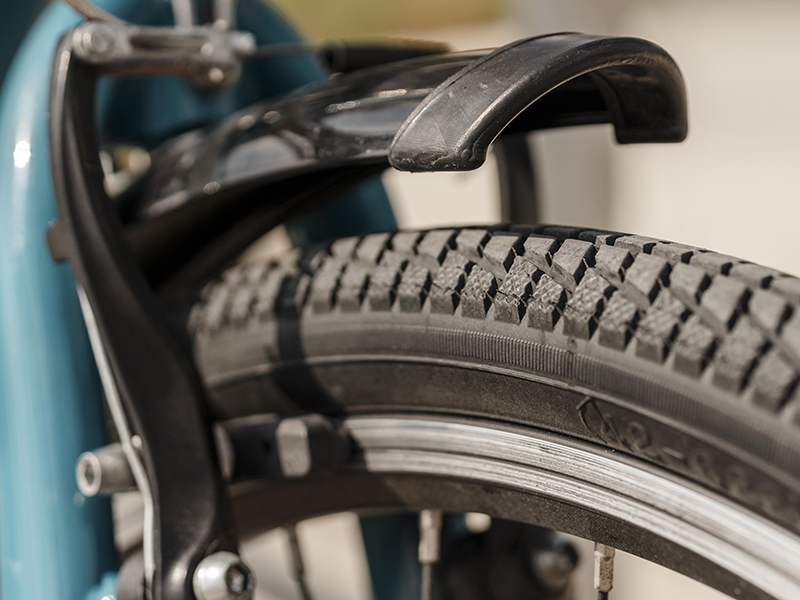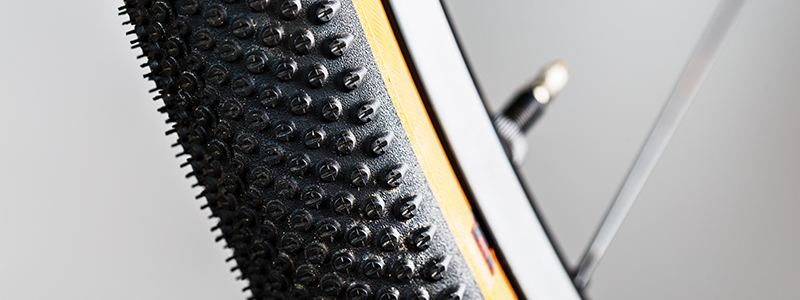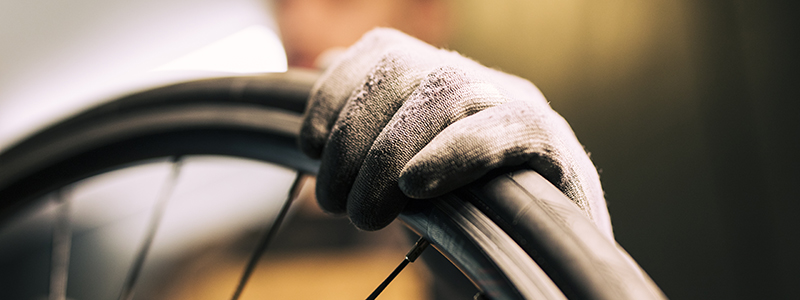The Pros and Cons of Tube vs. Tubeless Tyres

Choosing between tube and tubeless tyres can significantly affect your cycling experience, whether you’re a casual rider or a serious mountain biker. Each type has its advantages and drawbacks, and understanding these can help you make an informed decision.
Tubeless Tyres: Advantages
Weight Savings: On average, tubeless setups are lighter by about 200 grams compared to tube systems. This weight saving, while seemingly small, can be significant in competitive cycling where every gram counts.
Safety with Slow Punctures: One of the biggest advantages of tubeless tyres is their safety profile. Unlike tube tyres, which can suffer from rapid deflation (a blowout) when punctured, tubeless tyres generally experience slow air loss. This gives riders more time to react and handle the bike safely, significantly reducing the risk of accidents.
Enhanced Riding Comfort: Tubeless tyres offer a smoother ride, especially on trails. Without an inner tube, the tyre can conform more closely to the terrain, providing better shock absorption and reducing the jarring sensation from bumps and rough surfaces. This results in a more comfortable and enjoyable ride.
Improved Traction: Tubeless tyres can be run at lower pressures without risking pinch flats (where the tube is pinched against the rim, causing a puncture). Lower pressure increases the tyre’s contact patch with the ground, enhancing grip and traction. This is particularly beneficial for mountain biking and off-road adventures, where grip is crucial for performance and safety.

Tubeless Tyres: Disadvantages
Higher Cost: Tubeless tyres and the necessary components, like tubeless-compatible rims and valves, tend to be more expensive than traditional tube setups. The initial investment can be a barrier for some riders.
Complex Maintenance: Setting up and maintaining tubeless tyres can be tricky, especially for those unfamiliar with the system. It requires a good seal between the tyre and the rim, and applying sealant can be messy. This complexity can be a drawback for less experienced cyclists or those who prefer low-maintenance options.
Backup Tube Required: Despite the advantages, carrying a spare inner tube is still advisable when using tubeless tyres. In the event of a significant puncture or tear that sealant can’t fix, a tube can be a lifesaver. This adds a slight inconvenience and weight to the ride.
Inner Tube Tyres: Advantages
Ease of Replacement and Repair: Tube tyres are straightforward to replace and repair. If you get a flat, fixing it is as simple as swapping out the inner tube. This ease of maintenance makes them a popular choice for casual riders and those who prefer a no-fuss solution.
Cost-Effective: Inner tube tyres are generally less expensive than their tubeless counterparts. This makes them accessible to a broader range of cyclists, from beginners to those on a tight budget.
No Sealant Required: With tube tyres, there’s no need to deal with sealant. This eliminates the mess and hassle of maintaining tubeless systems and is a plus for riders who prefer simplicity.

Inner Tube Tyres: Disadvantages
Increased Risk of Flats: Tube tyres are more susceptible to pinch flats and punctures, especially when running at lower pressures. This can be a significant downside for off-road riders or those cycling in rough conditions.
Heavier Setup: The additional weight of the inner tube makes tube tyres heavier than tubeless setups. This might not be a concern for casual riders, but competitive cyclists often seek to minimise weight.
Limited Pressure Range: Inner tubes limit the range of safe air pressures. Running tubes at low pressures increases the risk of pinch flats, while too high pressure can compromise comfort and traction.
Conclusion
The choice between tube and tubeless tyres often comes down to personal preference, riding style, and willingness to invest in maintenance and initial costs. Tubeless tyres offer superior comfort, safety, and performance but require more upfront investment and maintenance skills. On the other hand, tube tyres are simpler and cheaper but come with certain limitations. Ultimately, knowing your needs and capabilities will help you choose the best option for your cycling adventures.





